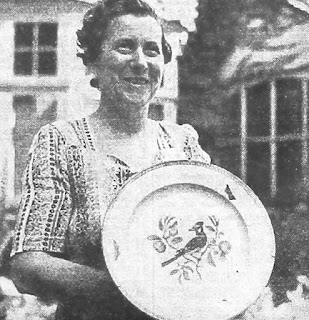 |
| Porters Wood industry |
Porters Wood had originally been purchased by the City Council for the purpose of creating a new cemetery, but instead became an industrial estate, and has expanded considerably into Soothill Spring in recent decades. However, access to it, especially for large vehicles, is not brilliant.
 |
| Brick Knoll Park, Ashley Road |
Butterwick Wood had already become occupied by the odd industrial concern even before it was designated for industry, and early arrivals included J Pearce Recycling, to join the meat store, timber yard and Tractor Shafts. Then, of course, came Ronnie Lyon and his serviced estates, followed by car showrooms and retail warehouses, and more recently churches and a recent attempt at leisure activity, all attracted by lower land costs, easier access and free parking.
Ashley Road had been a large brickworks before the Second World War. Many years were spent filling in pits; meanwhile Post Office Telephones moved onto stable land where a former entrance and brick company buildings had been. Early factories included heavyweights such as St Albans Concrete, piledriving operations and plant machinery hire. Later these gave way to light engineering, Polaroid photography, Royal Mail distribution and car servicing.
 |
| Lyon Way |
We were alerted recently to the concerns raised by the District Council. There have been an increasing number of planning applications
for change of use from office to residential – and, if observational evidence is anything to go by, from industrial to retail and community. The council is considering whether to apply for powers to allow it to refuse such permissions.
 |
| Small businesses at The Courtyard near Acrewood Way |
The years have gone when most people walked to their place of work and often rented their home accordingly, but there continues to be sense in not requiring most of the population to criss-cross each other in their cars as our employment takes us to other towns.
My grandfather lived in Camp Road and walked down the hill to the Salvation Army works; my father lived on the Beaumonts estate and walked to work in Hatfield Road; I had two jobs which were local in the same way, enabling me to cycle to one and walk to the other. We should applaud the Council for its attempts to keep our local economy balanced. Article 4, whatever that specifically is, will free the authority from having one arm tied behind its collective back.









